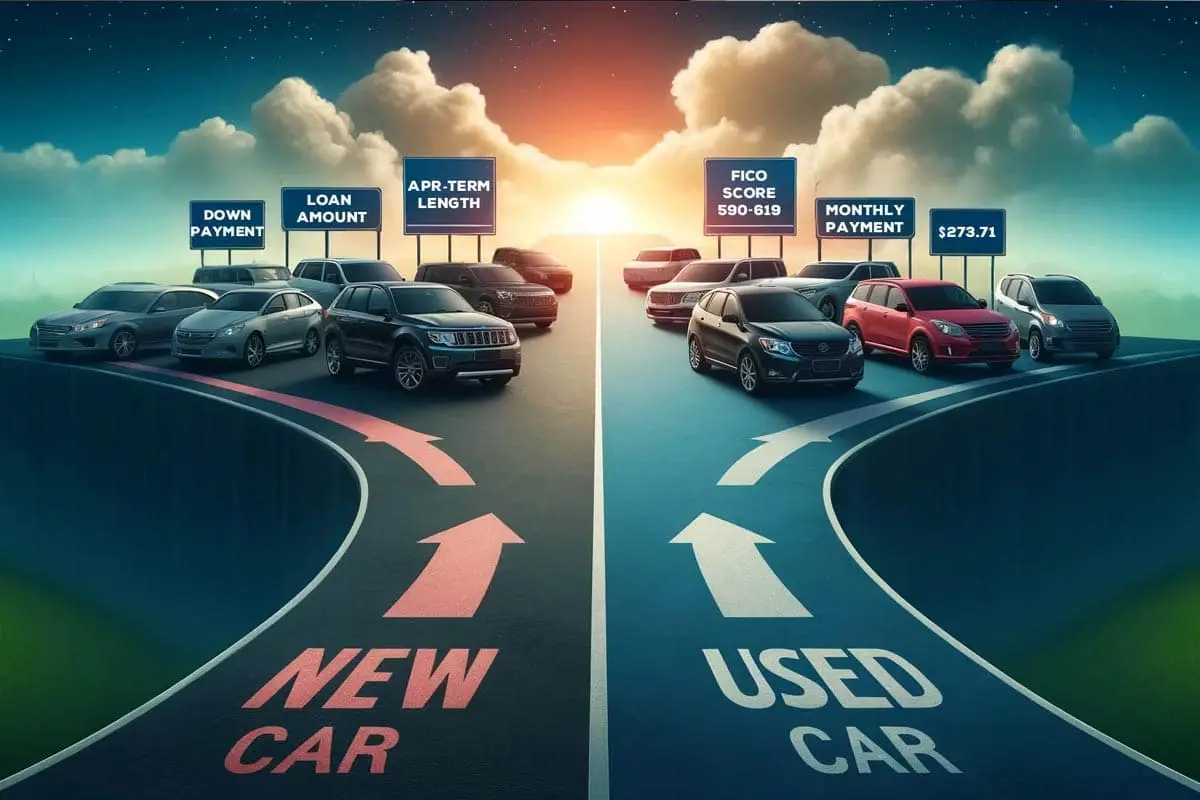Cars aren’t like companies. Most cars on the road will be sold, again and again, until they end up as parts. Companies usually start and end with their founders.
Sometimes, a small, stable company is sold to an individual operator, usually for a multiple of the expected annual profit. It’s an investment in future cash flows, but it can be fraught, because, unlike a car, you can’t take a company for a test drive, and they usually need more than a periodic tune-up and charging station visit.
The market for used companies isn’t as efficient or reliable as the one for used cars, as surprising as that might sound. The individual who seeks to buy and operate a used company is rare, and doesn’t often have access to significant capital.
The company sales we hear about tend to be more strategic, where the buyer believes that the purchased company offers synergy (1 + 1 = 3) with their existing businesses. Perhaps the buyer has a salesforce, investment capital, systems or structures that make the combination of the companies far more successful than they would be alone.
One way to look at this is the think of the assets you’ve built. They could include:
- Patents, software and proprietary systems
- Machinery, leases, inventory and other measurable assets
- Brand reputation (including shelf space at retailers)
- Permission assets (which prospects and customers want to hear from you)
- Loyal, trained staff
More elusive than some of these are things like:
- Reliable, turnkey business model with low drama
- Network effect, proven and working
- Forward momentum (the idea that tomorrow is almost always better than yesterday around here)
- Competitive threat (most big acquirers are simply finding it easier to buy a competitor than compete with them)
- Story to investors (if the dilution of acquiring a company is less than the stock price will rise, the acquisition is free. See Cisco’s history for details)
- Defensive bolstering (when a big company’s competition enters a new field, buying a smaller entrant in that new field is one way to jumpstart the organization’s forward motion)
Some of these things can be predicted and patiently built. Others are easy to see after the fact, but they’re more opportunistic than intentional.
Perhaps the single best indicator of whether a company will be considered for a strategic acquisition is that it has investors and board members who have done this before. Because these acquisitions are rarely simply rational calculations on a spreadsheet, there is often a need for cultural fit and a shared reality distortion field to create the conditions for them to get put on the agenda.


/cdn.vox-cdn.com/uploads/chorus_image/image/62810996/Amm_DeepSentinel_01.0.jpg)

More Stories
RFPIO Appoints DocuSign, Google & Seismic Alumnus As CMO
Gurney Journey: An Improvisational Approach
On The Spot: Linda Albertini